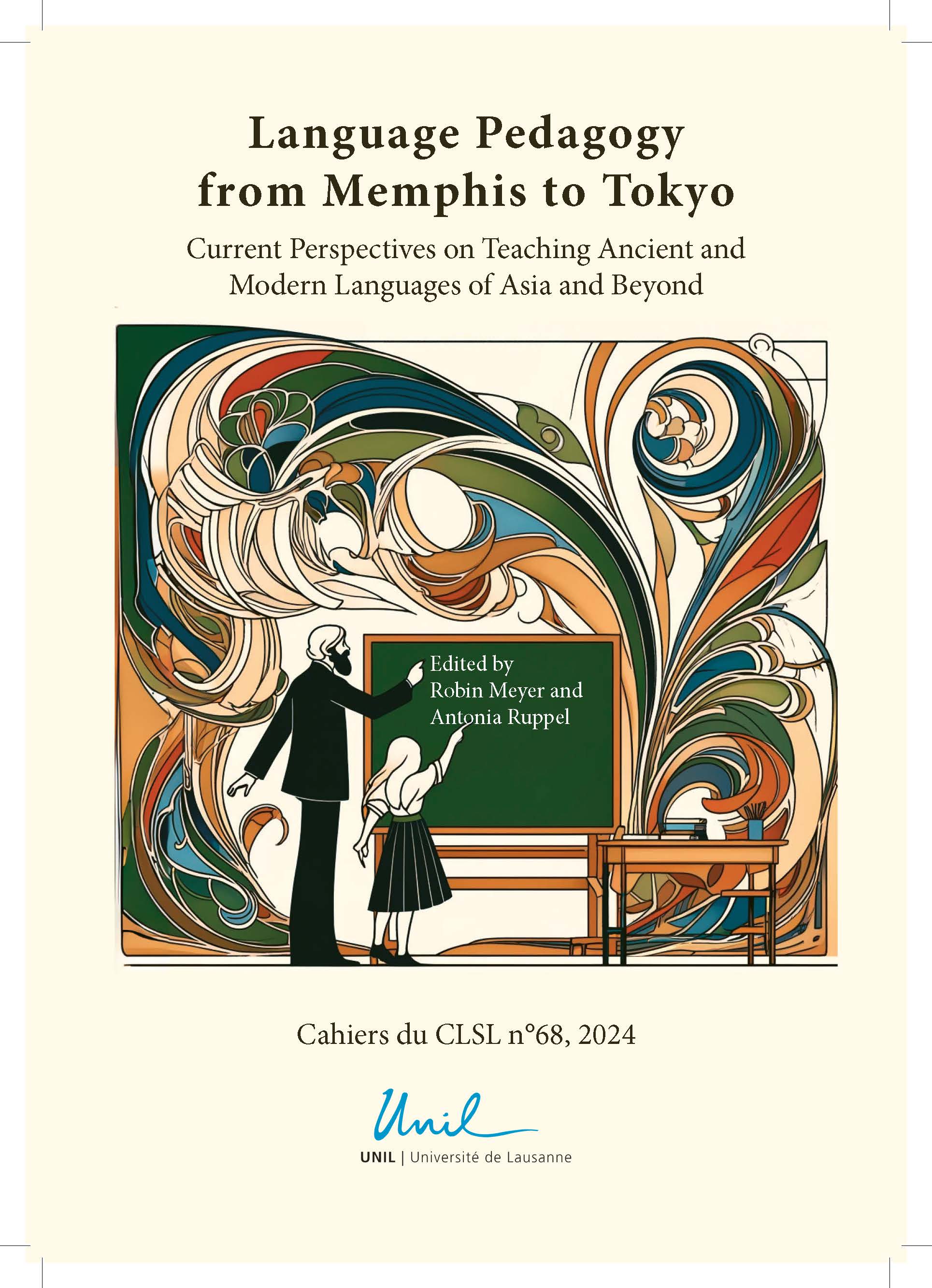Abstract
The teaching of ancient languages at university level is usually quite different from its counterpart in secondary schools: the latter will offer only a small number of such languages (e.g. Latin and Greek) as compared to the broader spectrum available at universities. At the same time, these secondary-school courses traditionally last longer and next to the introduction to the language include a basic education in its literature, culture, and history – which is not self-evidently the case at university level.
This paper argues that particularly for less-commonly studied languages, such contextualisation offers the learner much-needed insights into the workings of the language they are studying and facilitates the homogenisation of disparate learner groups. This claim is illustrated on the example of Classical Armenian: learners from different disciplines (theology, history, linguistics, etc.) take such a course, arriving with different abilities, background knowledge, expectations. Unless additional courses on Armenian history, etc. are provided, the learners’ diverse interests can only be addressed as an integral part of language learning. This approach is advantageous for the maintenance of the learners’ zeal and for a better understanding of literature. While the weighting of materials used should rely on the individual group’s composition, a corresponding textbook should include them in roughly equal parts. Yet, all information should remain pertinent to the primary goal: language learning.
The solution proposed here is the seamless integration of such historical and cultural information in the grammatical exercises, readings, as well as the inclusion of regular excursus on relevant topics.

This work is licensed under a Creative Commons Attribution 4.0 International License.
